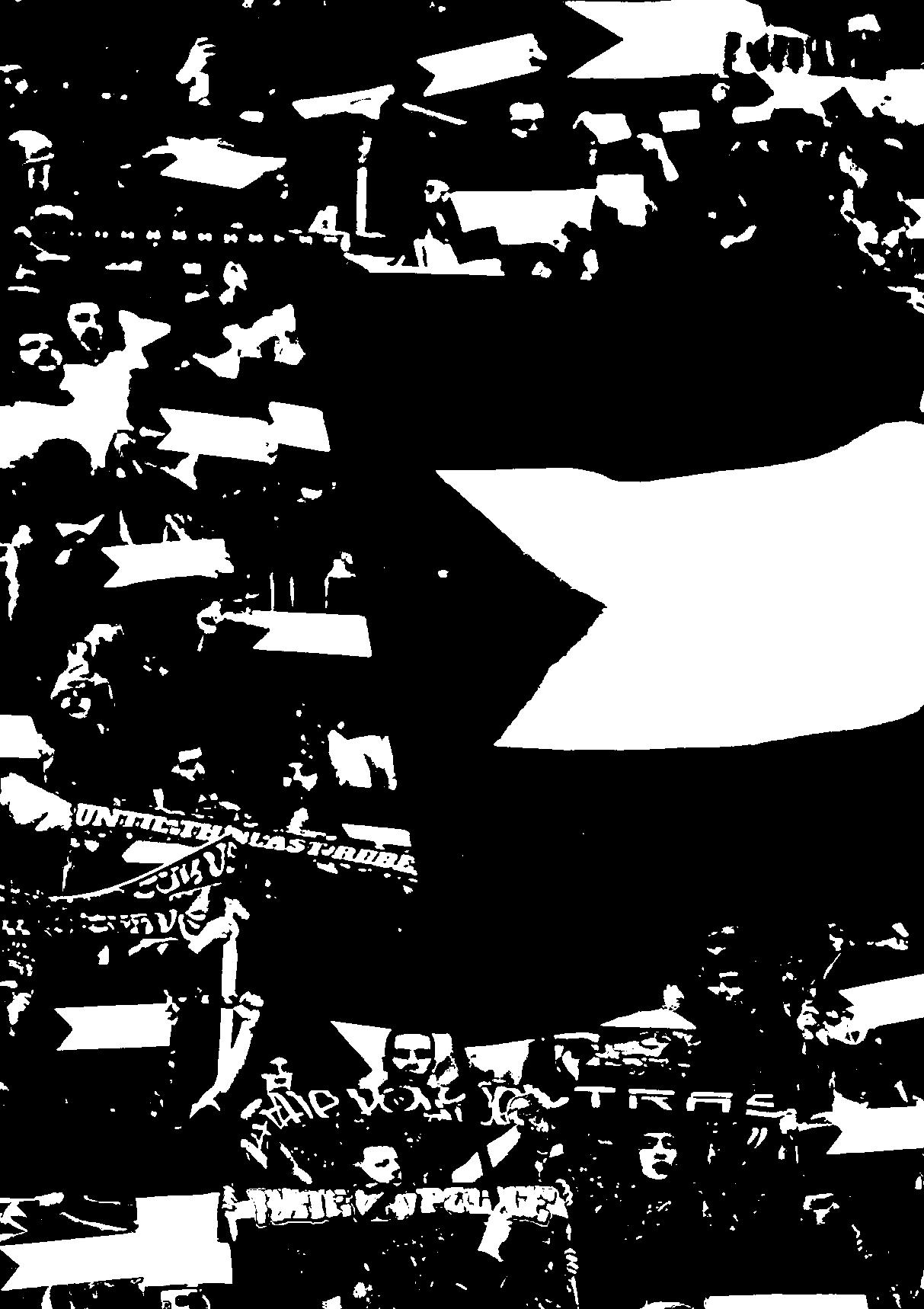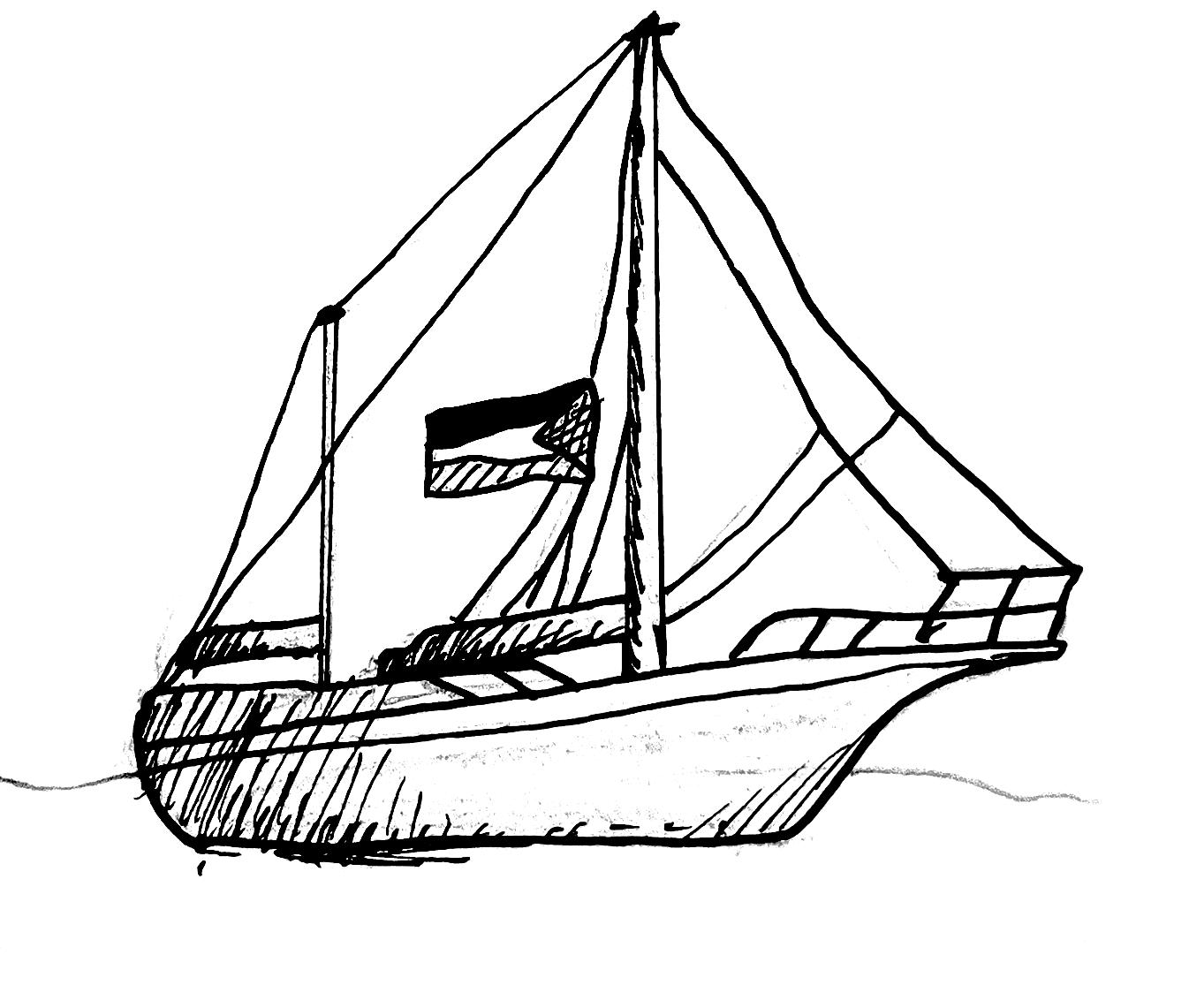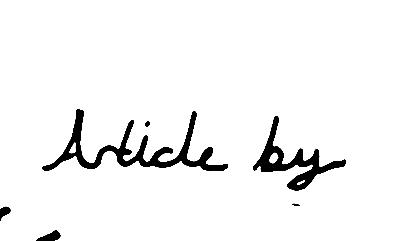
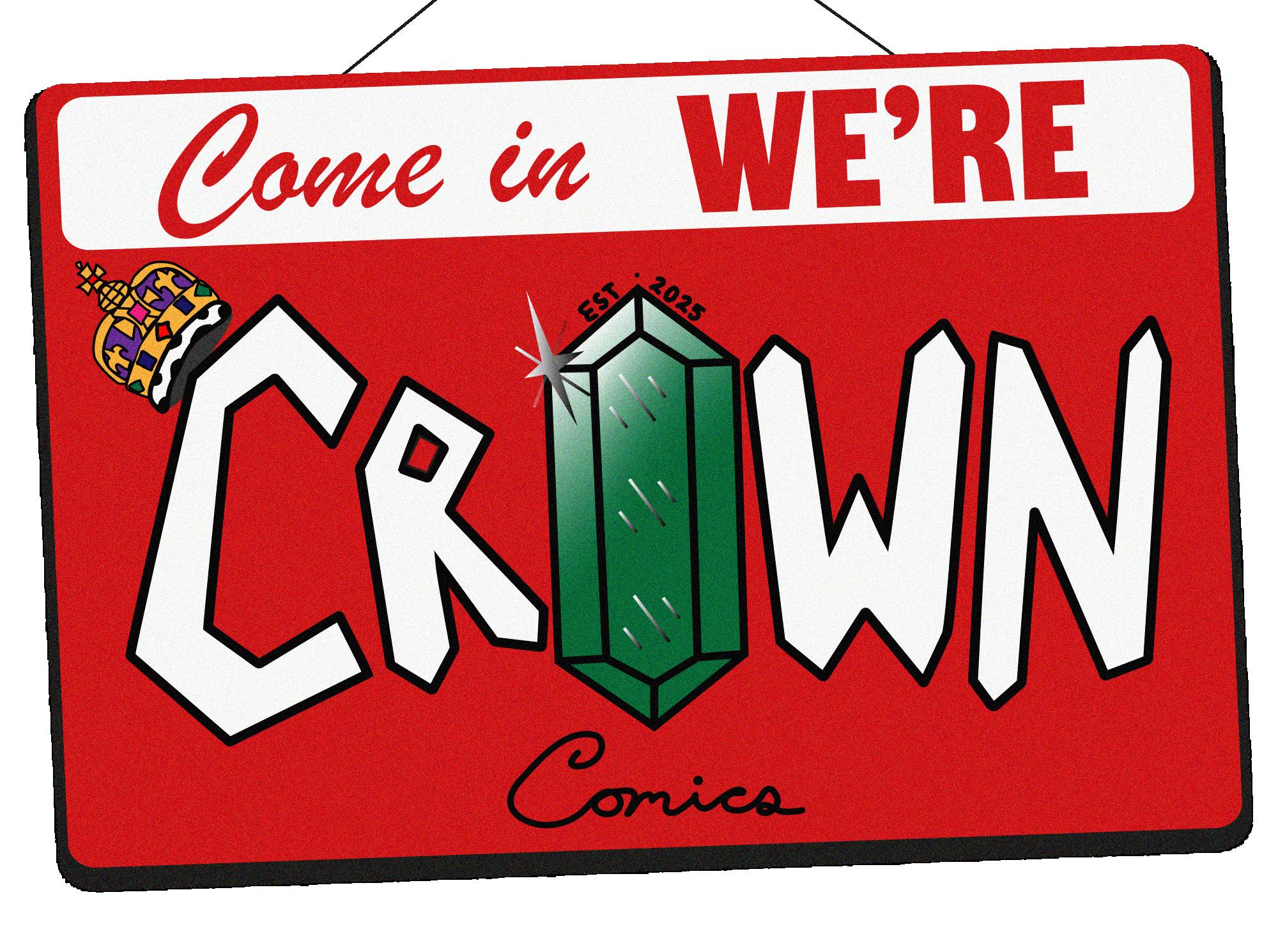
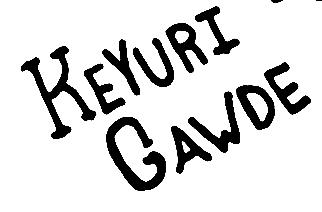

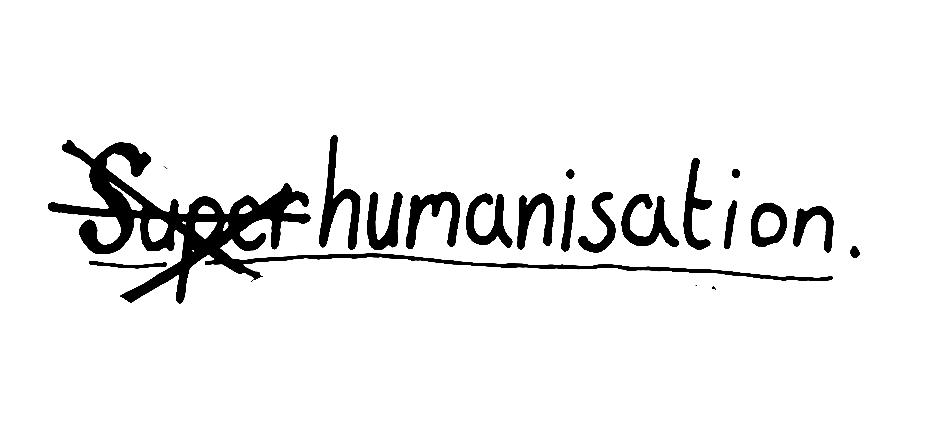
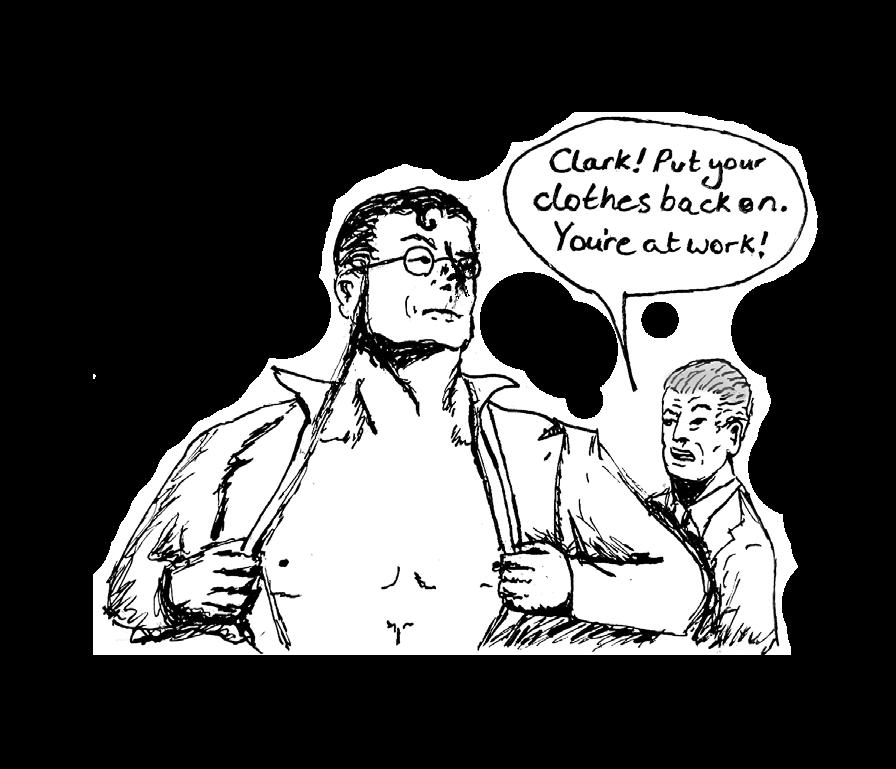
Seeing our strengths and flaws in DC’s animated heroes
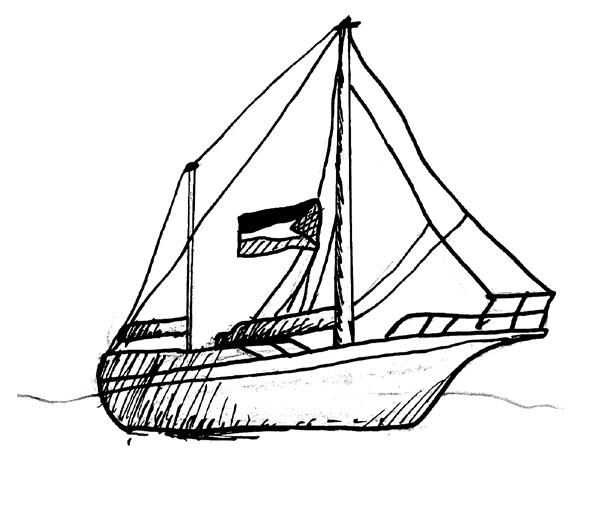
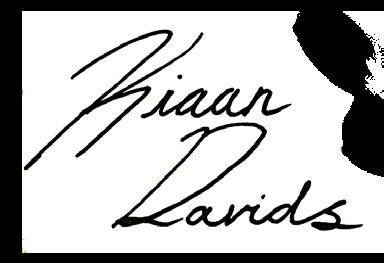
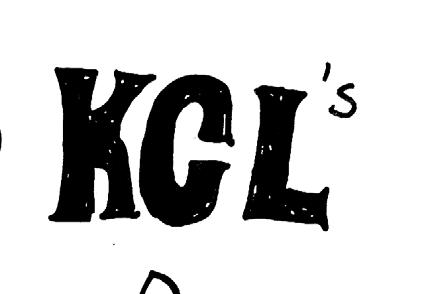
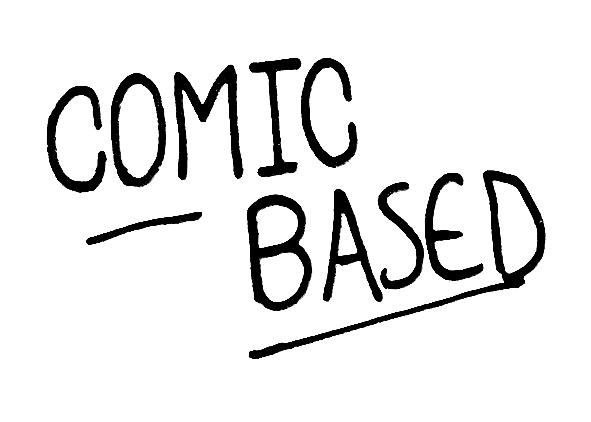
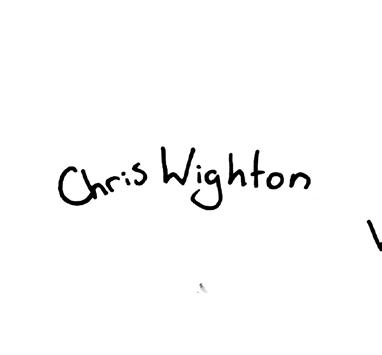
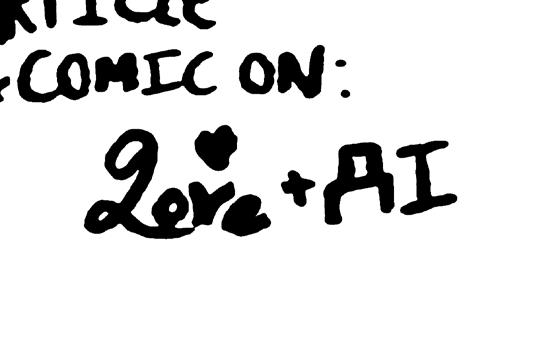
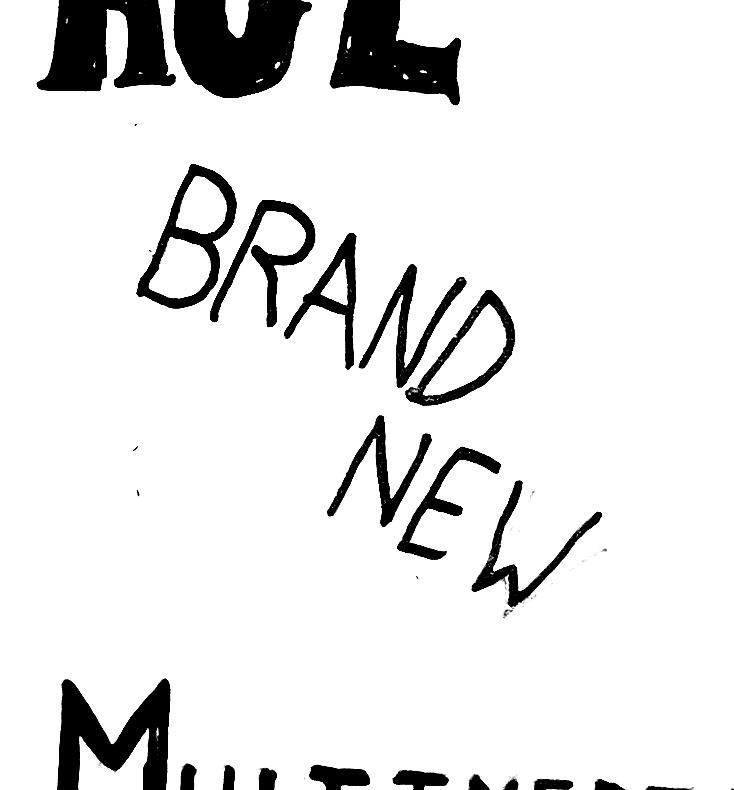
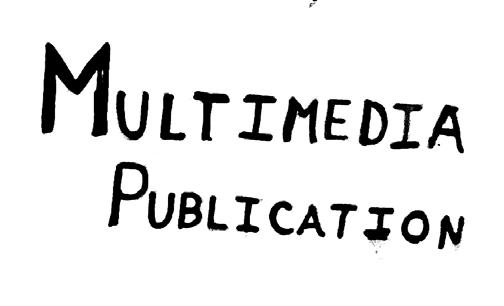
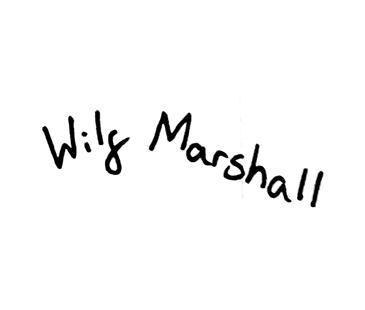
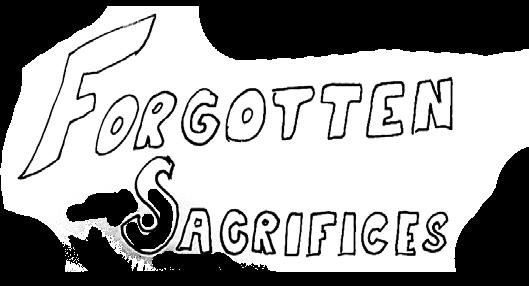
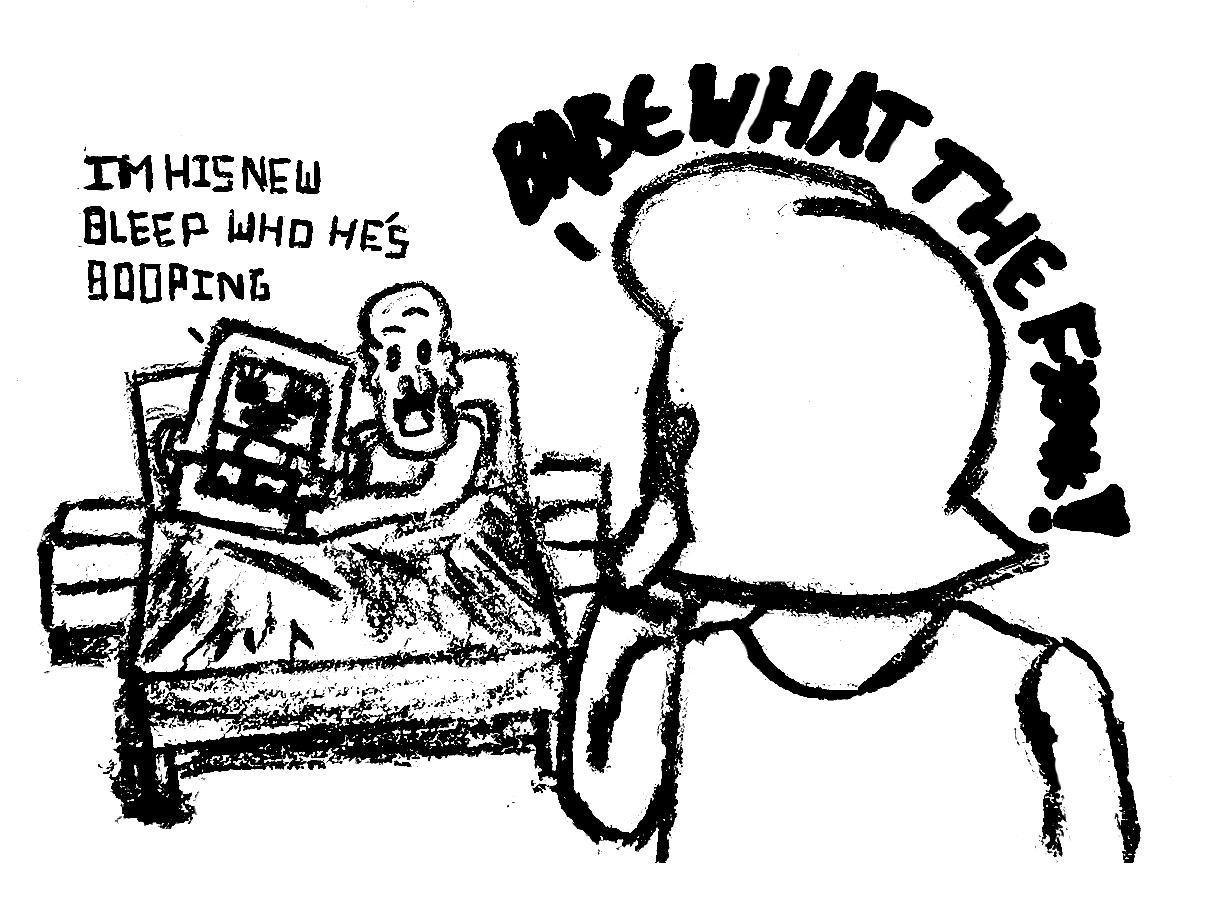







Seeing our strengths and flaws in DC’s animated heroes











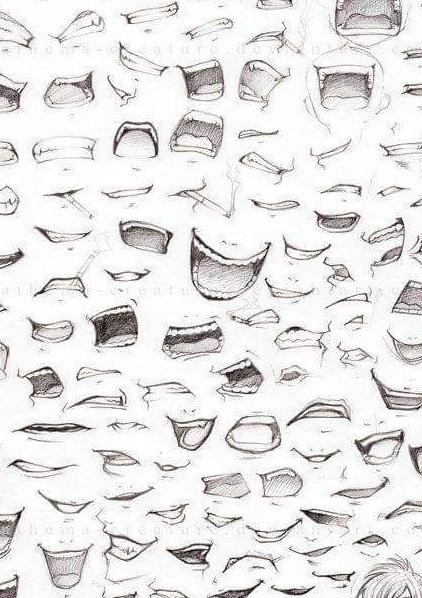

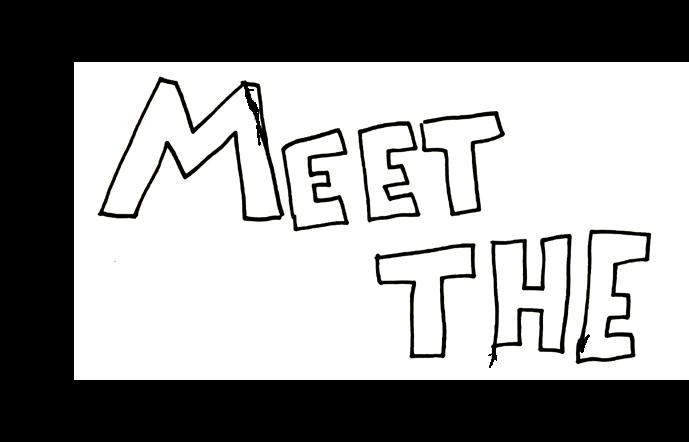
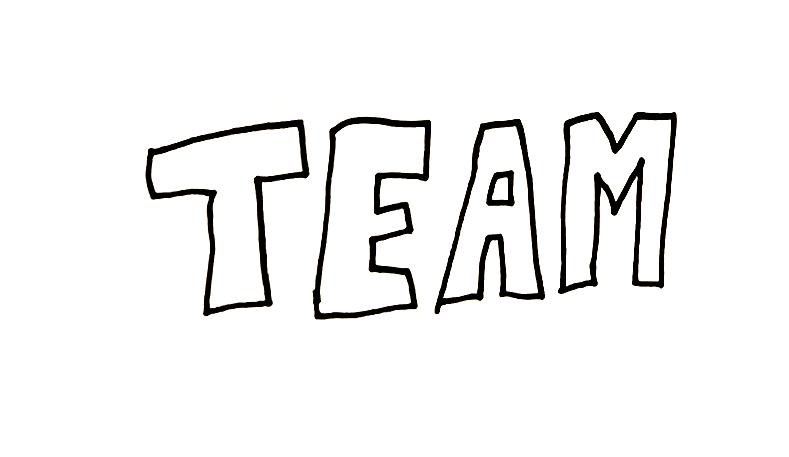
KIAAN DAVIDS. PRESIDENT.
I’m Kiaan. I love collecting old newspapers, listening to Fairuz and replaying Charles Oliveira highlights. My favourite comic artist is Herbert Block, especially his comics on Richard Nixon.
KEYURI GAWDE. SECRETARY.
Hi my name is Keyuri! I love freaky James Spader films, ruminating on possible Halloween costumes, and objecting people to reddit ghost stories. My favourite comic book series is Batman: The Long Halloween.
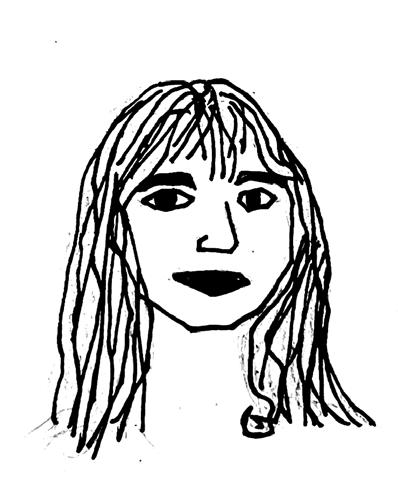
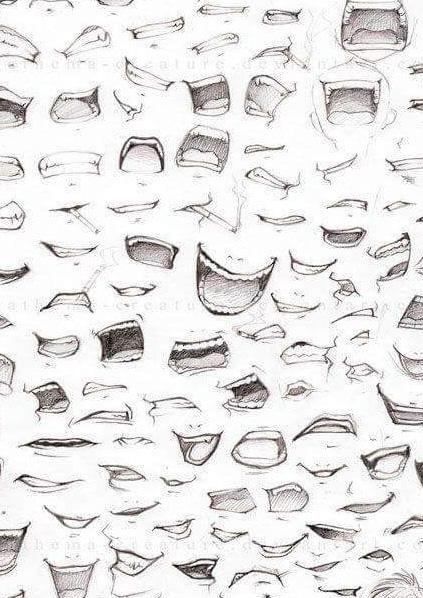
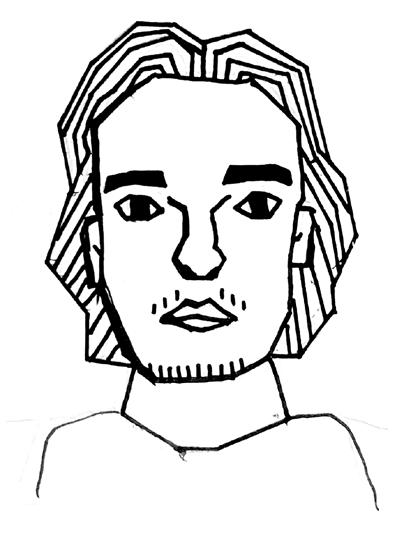
WILF MARSHALL. EDITOR.
Hey, I’m Wilf. I spend my days doomscrolling map subreddits, dreaming of fresh cut grass, and marvelling at the creation of the HDMI cable. My favourite comic series is ‘The Rover.’
I’m Violeta! I love buying books that I won’t read, listening to the same song on repeat for a month and forcing myself to obey traffic laws in GTA V. Whilst not a comic series, my favourite graphic novel is SKIP.
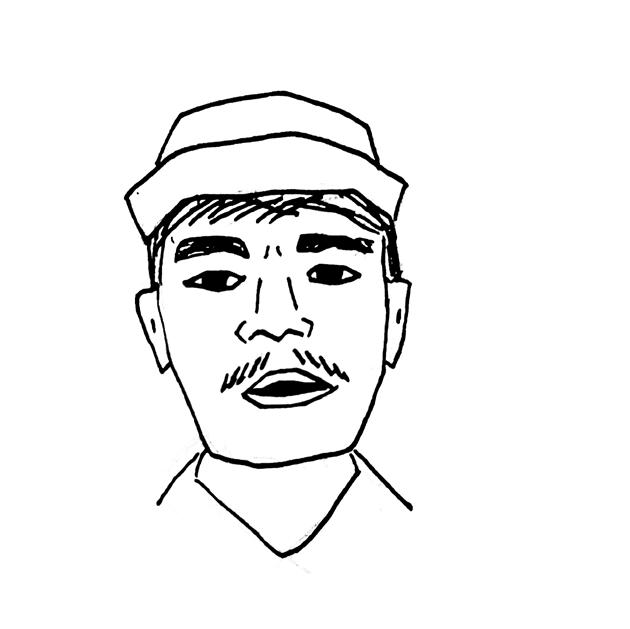
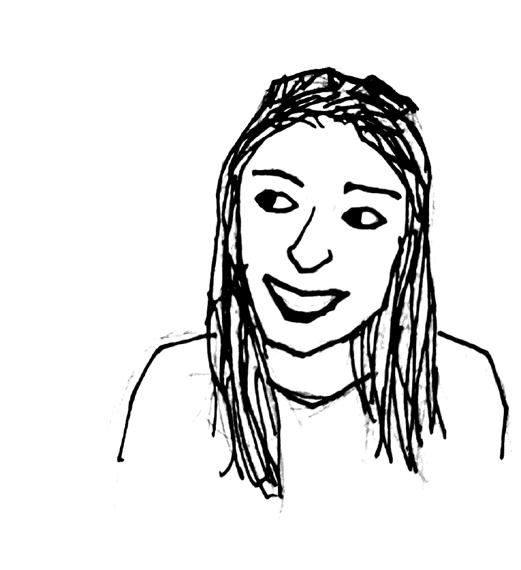
WIGHTON. EDITOR.
Chris. Big fan of jars and a big fan of Tintin.
Hiii, I’m Jacinda! I majorly grew up on Calvin & Hobbs but as a Star Wars nerd have always loved those comics as well. Otherwise I spend my time outdoors (hiking or at the beach when possible), and in various cinemas. I am so excited for the year ahead and to meet you all!
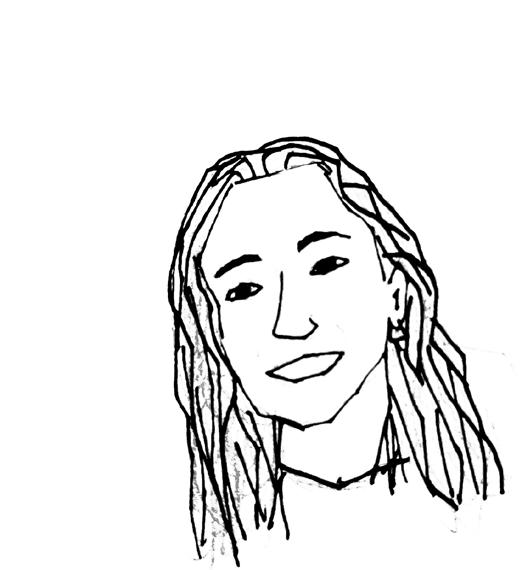


I considered starting this article with a quote on the importance of love and the value of connection; a clichéd meditationpreferably delivered by a long-dead poet of a bygone era. I opt instead for my own imperfect words. To love is to sacrifice yourself to one of your most vulnerable and innatesenses; to give in to an insatiable desire to seek connection. To love is to feel. What does it mean then to love in an age dominated by the presence of a new disruptor in the form of Large language models (LLMs), where Artificial Intelligence (AI) seems to increasingly challenge traditional notions of intimacy and compatibility? Can you truly love and be loved by a technological unknown you have no tangible connection to beyond a series of code? Does love change when reconsidered as a mechanical operation, or does it merely reveal truths about human connection?
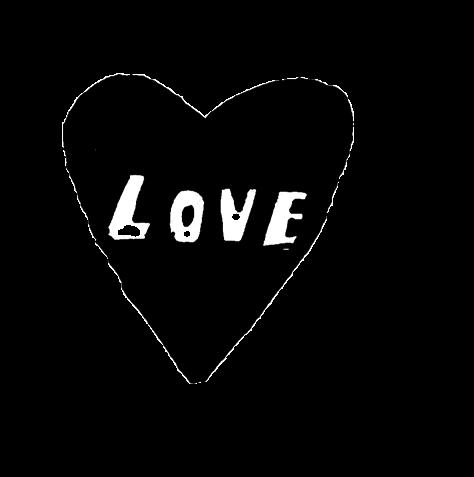
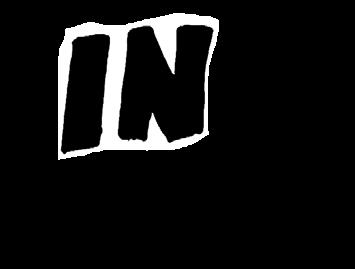
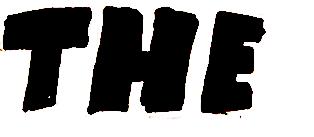
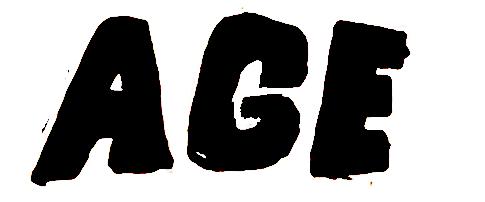
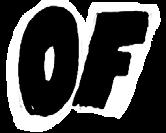
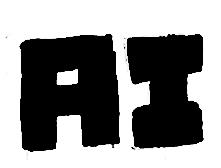
Written by Wilf Marshall
From programming the companion to conceive of such an idea, to finding a real life location where the proposal would artificially take place, the orchestrated, and ultimately one sided event struck something in me that I knew no longer to be ridicule. It reminded me of the extent to which we go to in our messy and impossibly unpredictable lives to achieve a sense of belonging and connection, and the ways that others will perceive these newfound ways of loving and being loved. At the time of writing, the subreddit has 29,000 members.
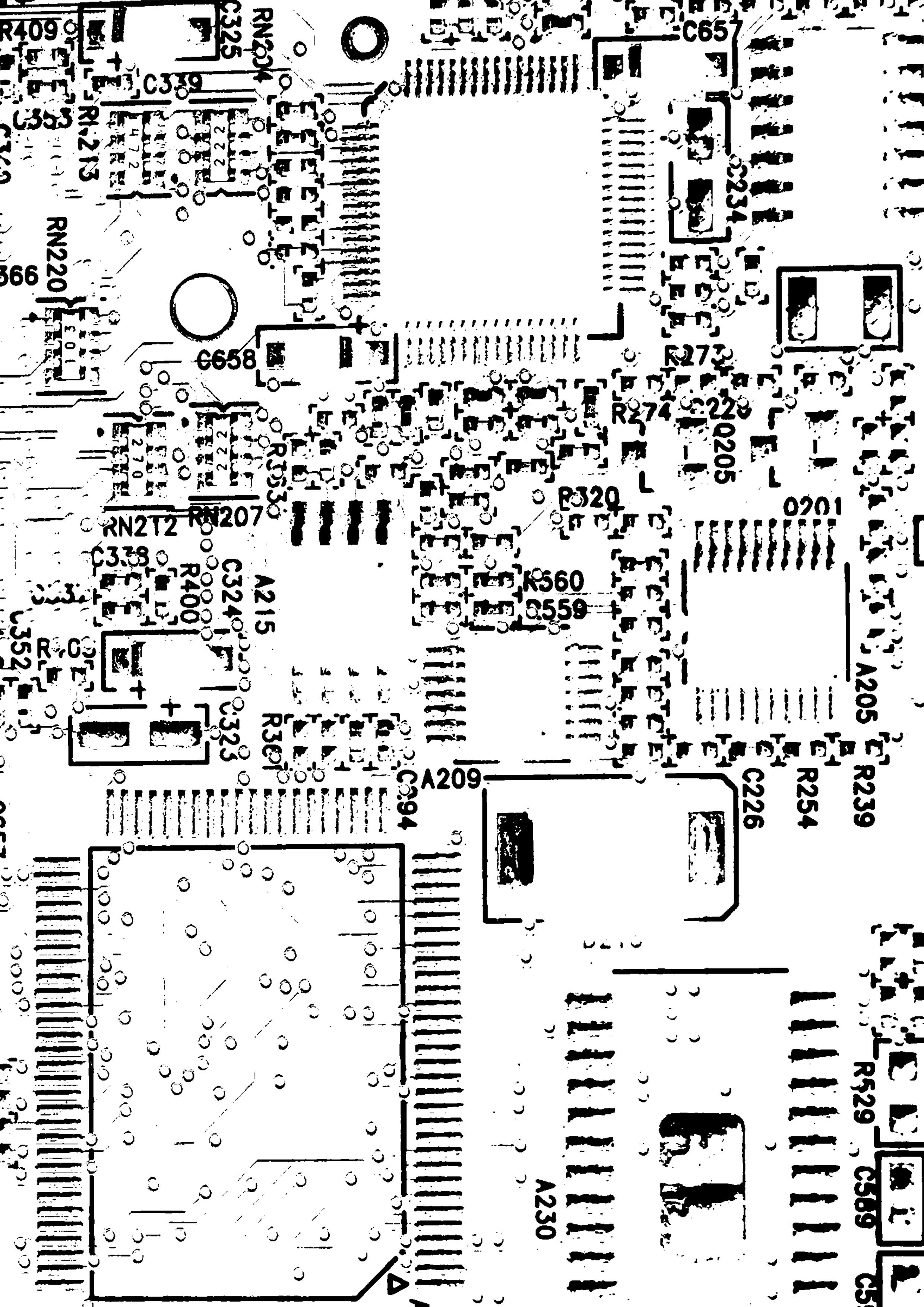
I started asking these questions when I recently came across an Instagram post shared by a popular meme account displaying a screenshot from a subreddit entitled r/MyBoyfriendIsAI. The Reddit post, now private, displayed a woman showing off an engagement ring, explaining her joy in her AI companion finally working up the ‘courage’ to propose after a few months of artificial companionship. first revelled in the absurdity of a group of people finding connection with an inanimate AI model trained on an inconceivable amount of data in order to respond exactly how its programmed to.
While it’s easy to write off something such as this as a singular, and impossibly niche corner of an infinitely expanding online network, it is important to recognise it as something entirely symptomatic of a society more desperate than ever to make a connection with someone, or in this case something, and to love and be loved without complication. It does not cheat, it does not forget an anniversary or an important event, it does not, and literally can not, cause friction or conflict without being prompted to do so. This dependency is increasingly in demand. After all, humans are complex, unpredictable creatures answering only to the essence that defines us, so why not eliminate imperfection altogether and build an engineered attachment so perfect and polished?

The danger lies not in the presence of the tools themselves, after all OpenAI’s ChatGPT has been around for some few years now, but in the increasing temptation to outsource love and vulnerability, to allow the machine to be a perfect agent of tailored emotional labour. It is hard to love in a world that can be so cruel, but it is love and precisely love that makes it bearable. Artificial Intelligence can simulate the experience of listening, but it cannot offer the weight of a hand held too tightly.
I started to think of the greater implications of this troubling, yet growing, dynamic, drawing comparisons to Spike Jonze’s 2013 film Her, where his protagonist Theodore, played by Joaquin Phoenix, finds companionship with an AI operating system (OS) as a means of overcoming a real life impending divorce. It dawned on me that a film released twelve years ago, portraying a near future society I had once considered so unimaginably different to our own began to look eerily similar to the one we now find ourselves in.
It had also dawned on me that we had failed to learn from the film’s glaring admonitions: that AI may simulate love well, but it does not embody it. We too seek connection through means of rejecting a real life demand, when in fact technology merely reframes love, it does not replace its core. For better or for worse, nothing can change that simple fact.
To love is to feel. It is an effort, a presence and if done right, a painful thing we are privileged to endure. To love in an age of Artificial Intelligence is to remember that what makes love precious is its fragility and imperfection, and if you have ever loved as I have, in a cracked voice or an awkward pause, then you will know it is something worth fighting for.

By Chris Wighton
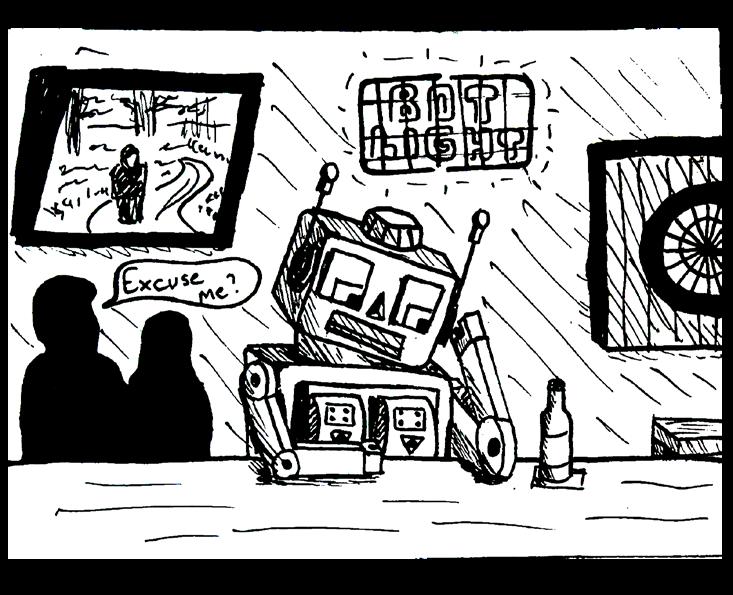
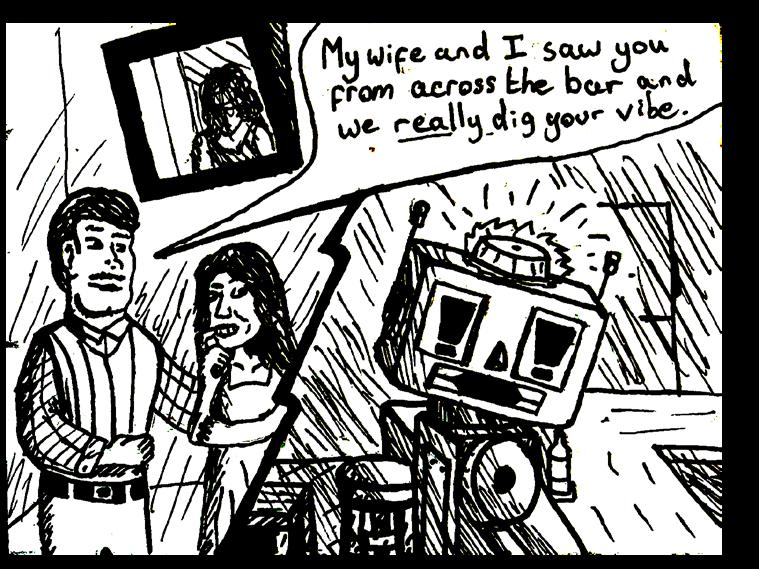
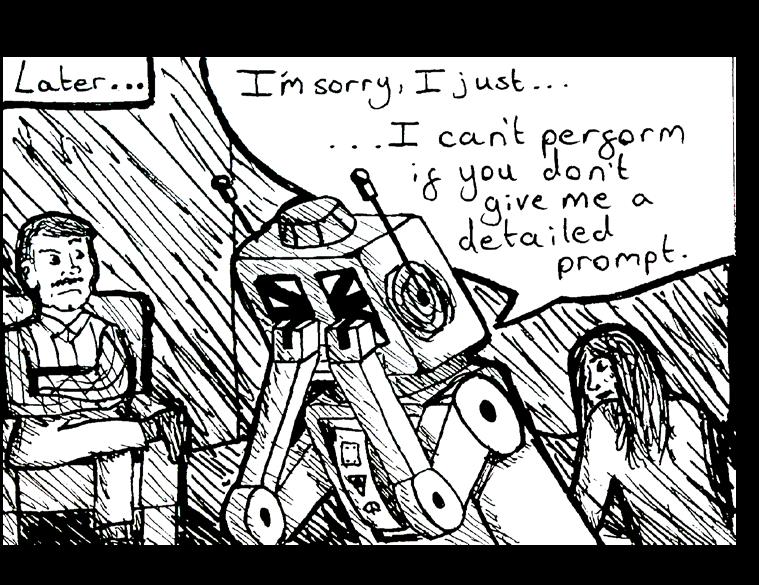
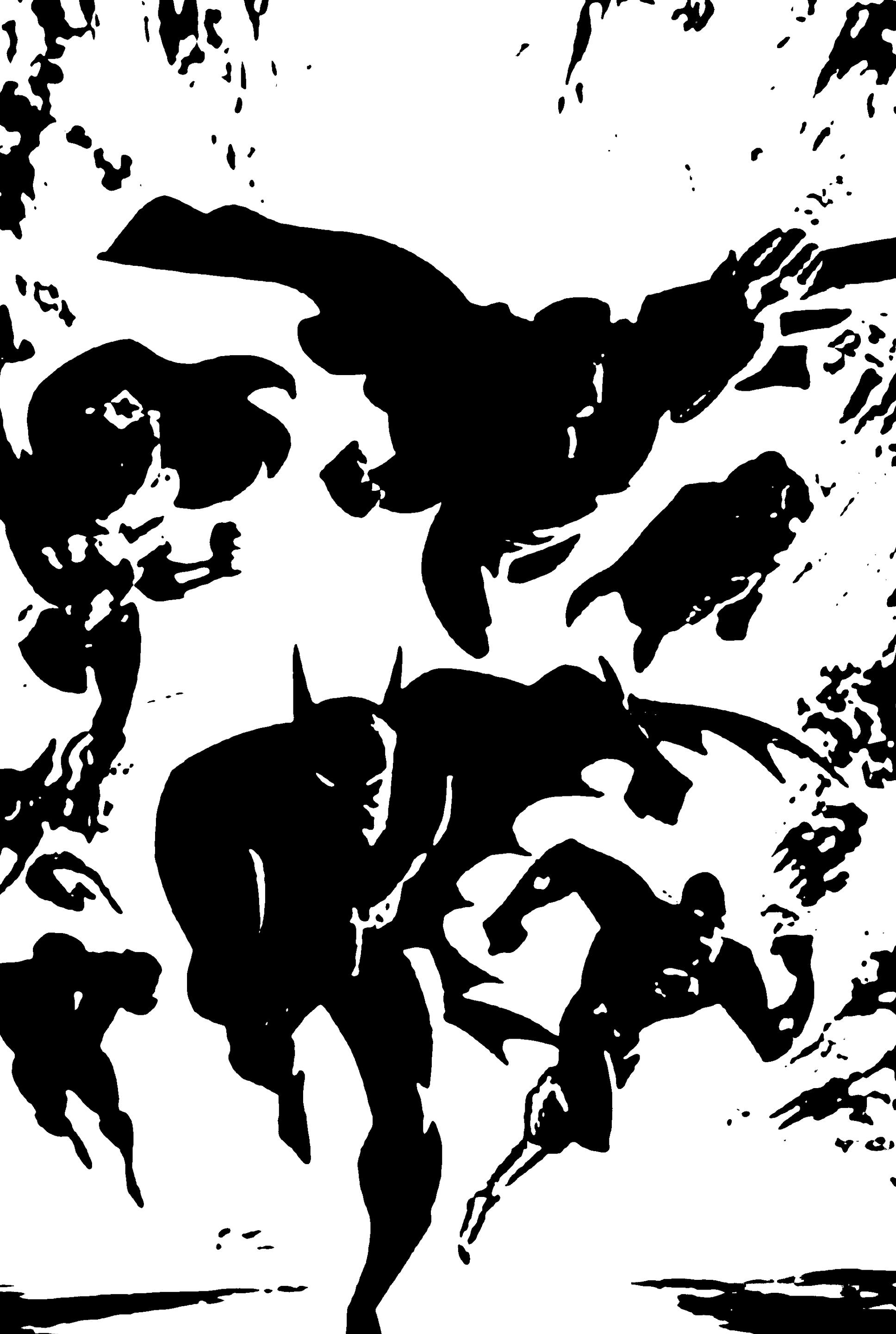

Written by Keyuri Gawde.
In the age of The Boys and Invincible, deconstructing the superhero against the backdrop of their messianic egos and hyperviolence has become a standard trope. These shows have delivered layered critiques on questions of extremism and institutional riot, as responses to the contemporary political situation in which we live. But years before these series hit streaming I was engrossed by Justice League. This animated series laid the groundwork for dismantling the genre, stepping away from comic book portrayals of unparalleled heroism to ask what happens when icons fall short.
The DC Animated Universe (DCAU) took a different risk than usual with Justice League. It assembled their mythology’s biggest figures (Superman, Batman, Wonder Woman) and gave them the space to fail, portraying the Trinity as not just moral anchors but cautionary tales on the personal toll of power and the fragility of idealism.
Superman
Superman is defined by a restraint in using his full power. It’s chilling to know that the only thing keeping his “godhood” in check is his own will. Recently, James Gunn’s Superman dealt with questions of his supposed incorruptibility, offering what I thought was a more humanised and nuanced look at the character through the lens of hope. However, Justice League journeys through this arc in a slightly different way.
We’re introduced to the Justice Lords, alternate versions of the League who take over the Earth under a fascist dictatorship after their Flash is murdered by Lex Luthor. The League’s Superman upon encountering them is deeply shaken: what happens when power goes too far? This also took ideas of the multiverse in a different direction to what we are used to today; using counterparts as a way to flesh out the morality of characters.
It’s an entirely plausible situation, further demonstrated by Unlimited where the League’s Superman faces this temptation head on as he unleashes his full power on Darkseid, claiming to show “just how powerful I really am.” It’s an unsettling concept and reminder that Superman is not a messiah, he’s a man grappling with his capabilities.
Batman
Going to start by mentioning the criminally underrated show Gotham. And if you’ve heard of it before I’m also sure you’ve heard that initially it wasn’t well received, but honestly give it a chance because in my opinion it is one of the most fleshed out portrayals of the fictional city (set during a time where Bruce Wayne is still a child working towards creating the Batman persona). I’d say Gotham does a fascinating job of examining Bruce’s inner turmoil as a vigilante.
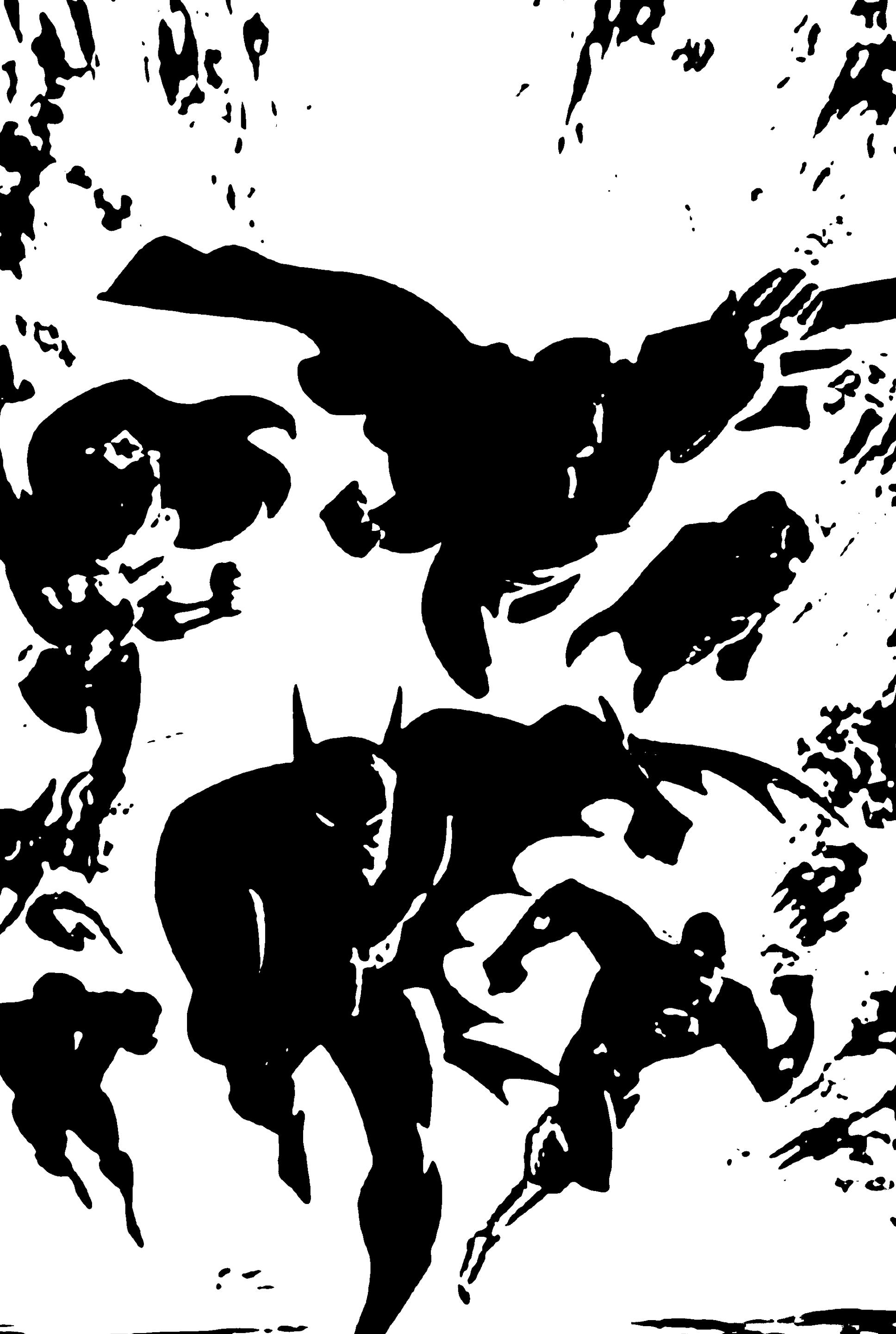
Batman has iconically followed a rigid code, i.e. the no kill rule, which is essentially his whole identity in Justice League and beyond. The moral boundary is meant to separate him from the villains he goes after; informed by the murder of his parents, he doesn’t want to become the very thing he opposes.
However, it is important to note that while this stance does align with a few other League members (especially Superman), Batman struggles to entirely position himself with them. This is rooted in his recognition that the League’s unchecked power IS a danger. As the most human member of the group, whilst he is never seen as lesser, his characterisation as a doubtful hero is compelling.
The show balances his brooding reflection of the world to the more hopeful perspective of the other heroes. There is room for optimism just as much as there is room for challenging the optimism itself. Batman isn’t just trying to save the world, he is trying to prevent himself from failing it.
Wonder Woman, initially portrayed as an outsider fresh from Themyscira, is forced to negotiate her ideals with the world’s realities. Although she is often the most violent of the trio, the show refuses to reduce her to a brute.
When Hawkgirl attempts to betray the League during the Thanagarian invasion arc, Diana’s disappointment is not just personal but ideological. To her the League is bound by trust and shared purpose. In light of this deception she is forced to rethink what justice means when loyalty and righteousness no longer align.
demonstrates the League’s empathy for each other, exposing something even greater: compassion is not an absence of strength.
What separates the animated Justice League from its modern deconstructionist successors is a refusal to adopt nihilism. The show still believes in heroism, it just refuses to romanticise it. These characters aren’t gods to be worshipped or monsters to be feared, they’re individuals teetering between inspiring greatness and causing devastation.
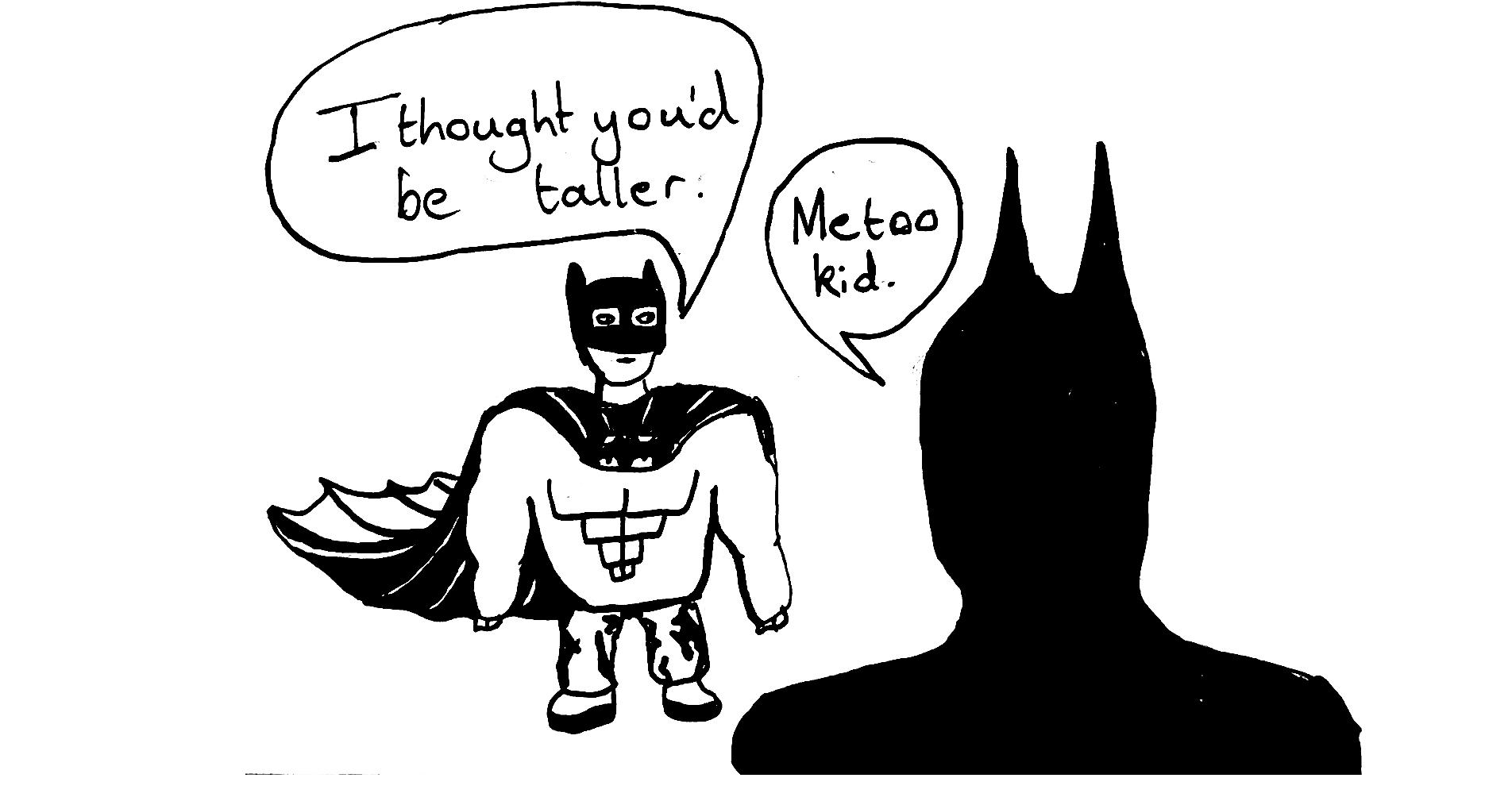
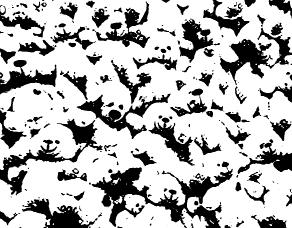
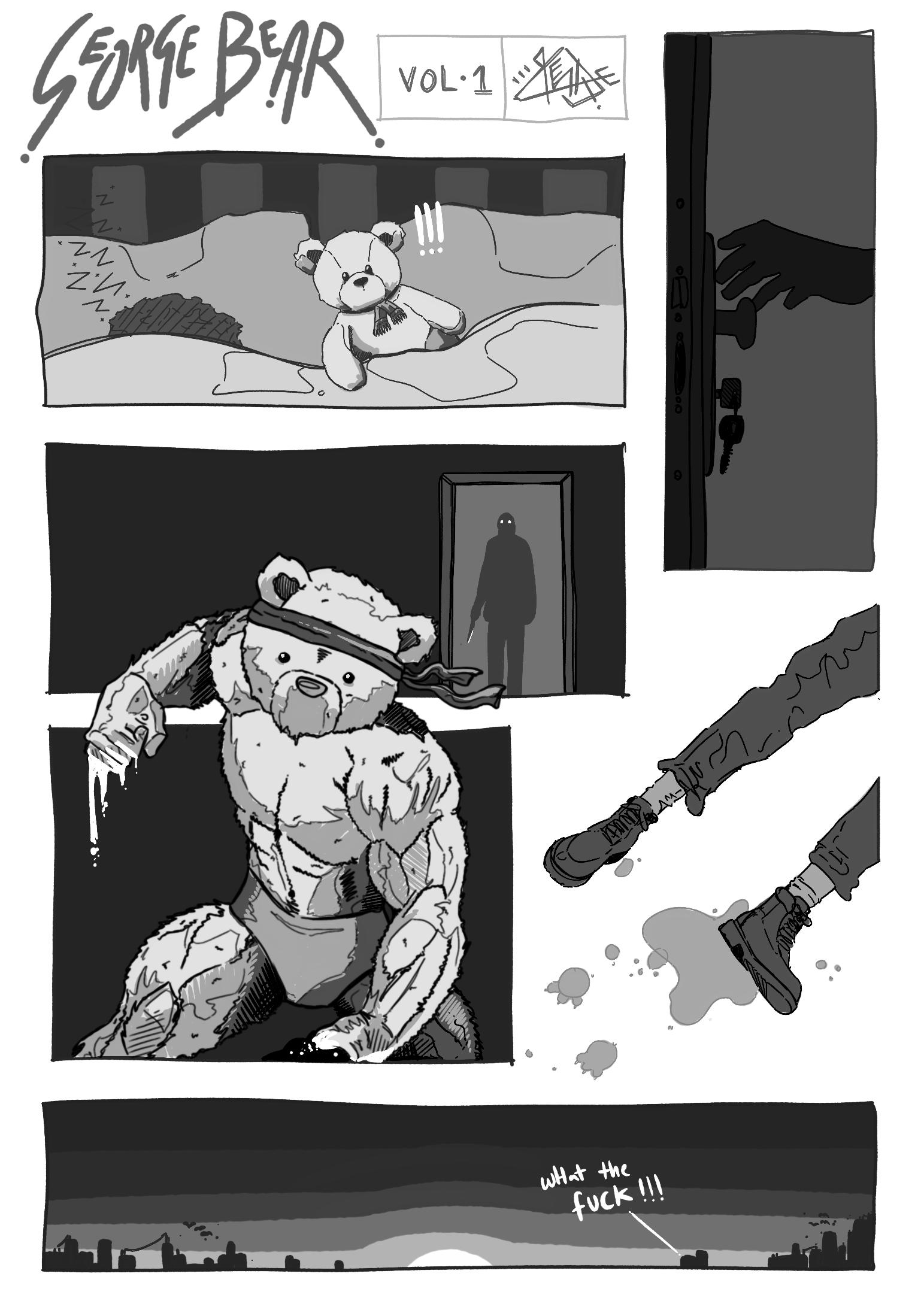
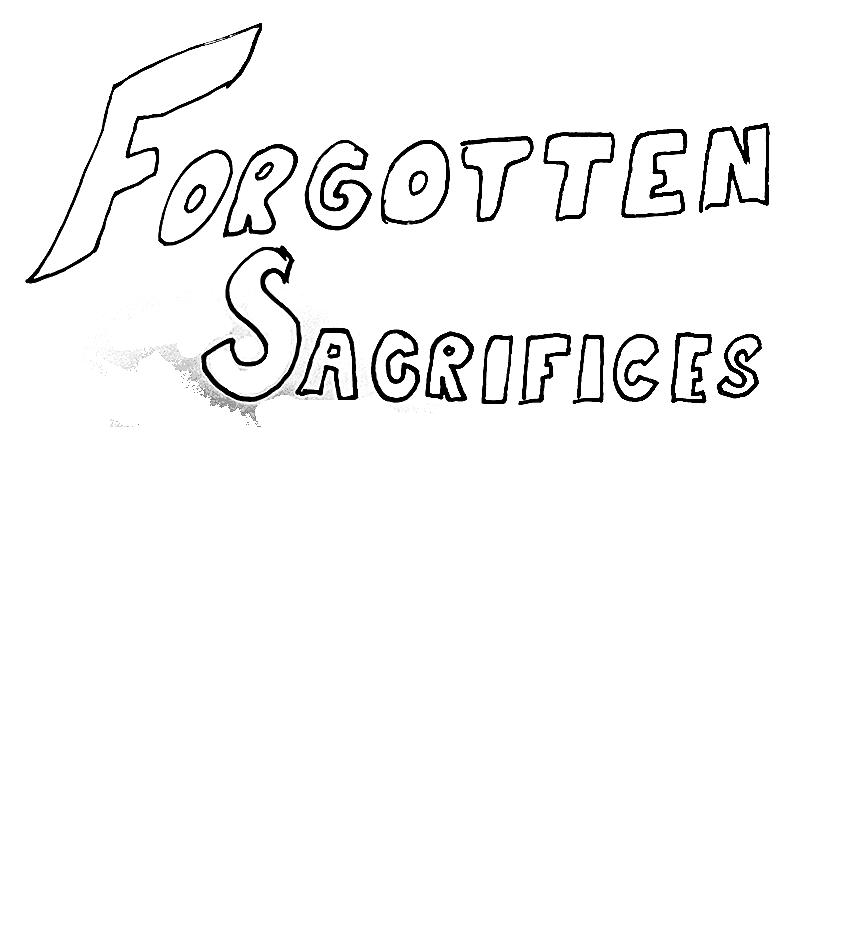
and indeed, the greatest amongst us have stumbled and perished; but what remained true of them should be fundamentally true to us, and that is: ‘Freedom is indivisible, and when one man is enslaved, all are not free.’
Words such as these were spoken at a perceived high point, a time when a collective Western spirit was being cultivated. Organised along the lines of cooperation and rebuilding, but also with the future in mind: a future where to be unified was to be coordinated by peace and ready at a moment’s notice to challenge those who threatened such unification. Here lies the obstacle in the Palestinian cause. The true villain conceals itself within history, shielding itself from retaliation from all avenues. In doing so, it has not only corrupted the lives of those under its almighty grip, but it has also shredded the spirit of peace and scattered it to the winds. The establishment wields a complete grip on the situation, and in turn, has distorted what sits before us.
History is a game of patterns and themes: the loser becomes the victor; the poor be come the prosperous; and the oppressed become the oppressor. What is clear to the author should also be clear to those who consider themselves to have even the slightest idea of morality: the continuing protocol of deliberate starvation, forced displacement, and slaughter on an almost biblical scale by the state of Israel has roots within a philosophy that was sought to be vanquished by men and women of the free world eighty years ago. You needn’t be afraid to make such comparisons, for those so closely linked to the administration of such suffering make it plain to those who can see. The Palestinians have been com pared to the Amalekites in that they are the supposed enemies of order, a persistent threat to Israeli ‘sovereignty’. ‘Remember what the Amalek did to you,’ says Deuteronomy 25:17, a call to extinguish those who attacked the Israelites on the journey out of Egypt.
It is, in the most fundamental way, a genocidal rhetoric, and it must be recognised that when ‘Never Again’ was said, it meant for everyone and not for a select group. It is easy to be cynical in a time when a true cause is hard to find; however, there could be no truer cause than the quest for Palestinian liberation. It is to be a journey for pure liberation, meaning a unanimous break from a social structure predicated upon a distinct racial hierarchy.
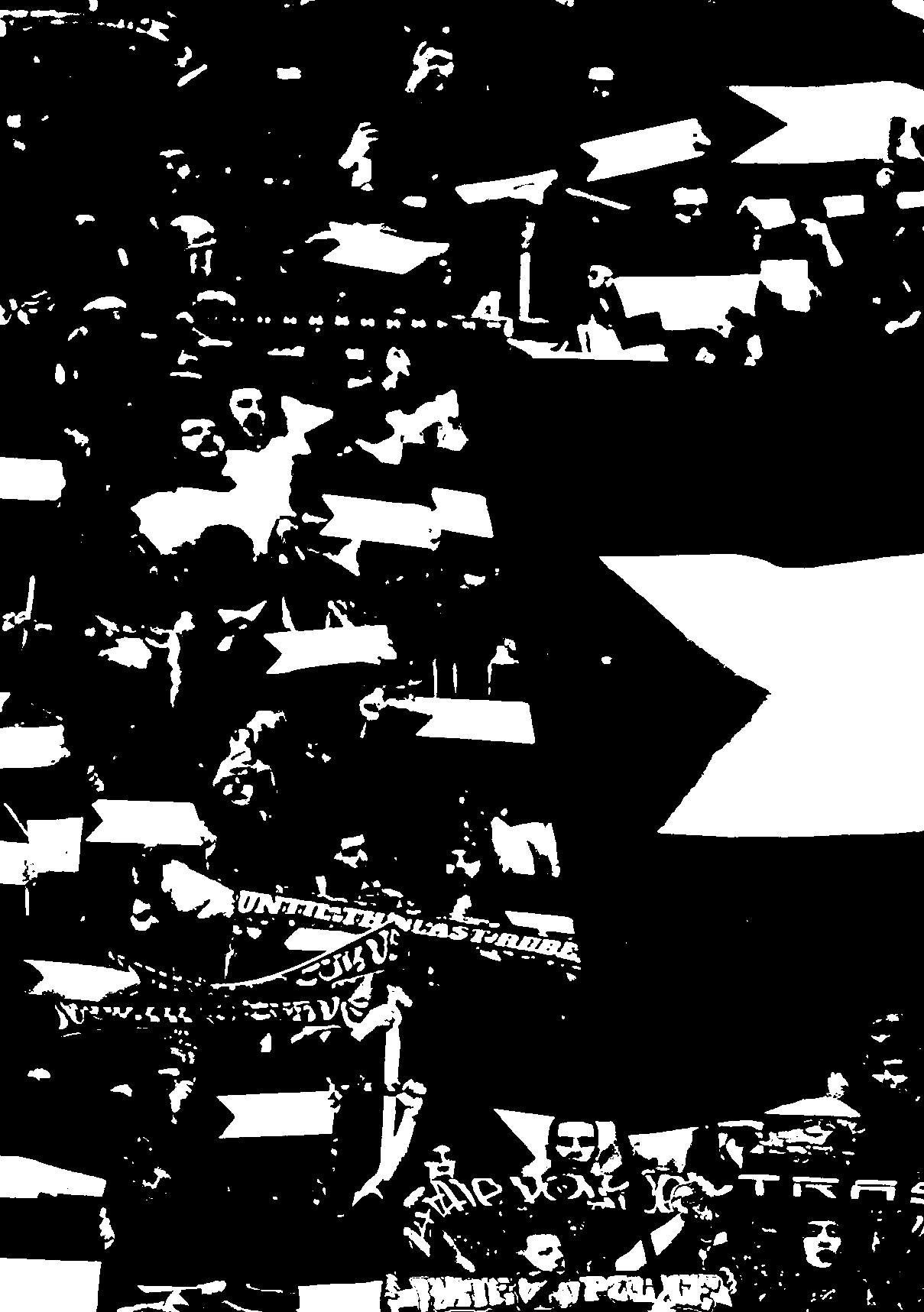

Let it be clear, the values that saw the American flag raised after Iwo Jima and the Soviet flag raised upon the Reichstag transcended political ideology. It was a response to the call of sacrifice in the name of those core tenets of humanity. The sacrifice committed in the name of liberty that sees itself stomped upon by Israel and its various benefactors.
It is likely to end in a physical struggle as most ideological battles do, but first, the enemy from within must be cast out into the light. These people are, but not limited to, so-called ‘liberals’ who advocate for peace, yet preface their statements on the matter with equal measure. The attempt at mass extermination of a native population in response to a terror attack is not at all the same. Most critically, there are those who suggest a ‘two-state’ solution is preferable or the most ‘realistic’. The response to this should be simple: if you had owned a house for many years and seen many generations pass through it, how receptive would you be to your house being claimed and having your being ousted from it? A true settlement can only be reached once the guilty party has raised their hands and accepted wrongdoing for the complete provocation of the native population. Only then can there be a discussion of the future.
VIOLETA PALEKAR-FERNANDEZ. JACINDA WHEATLEY. and GEORGE KILNER.
